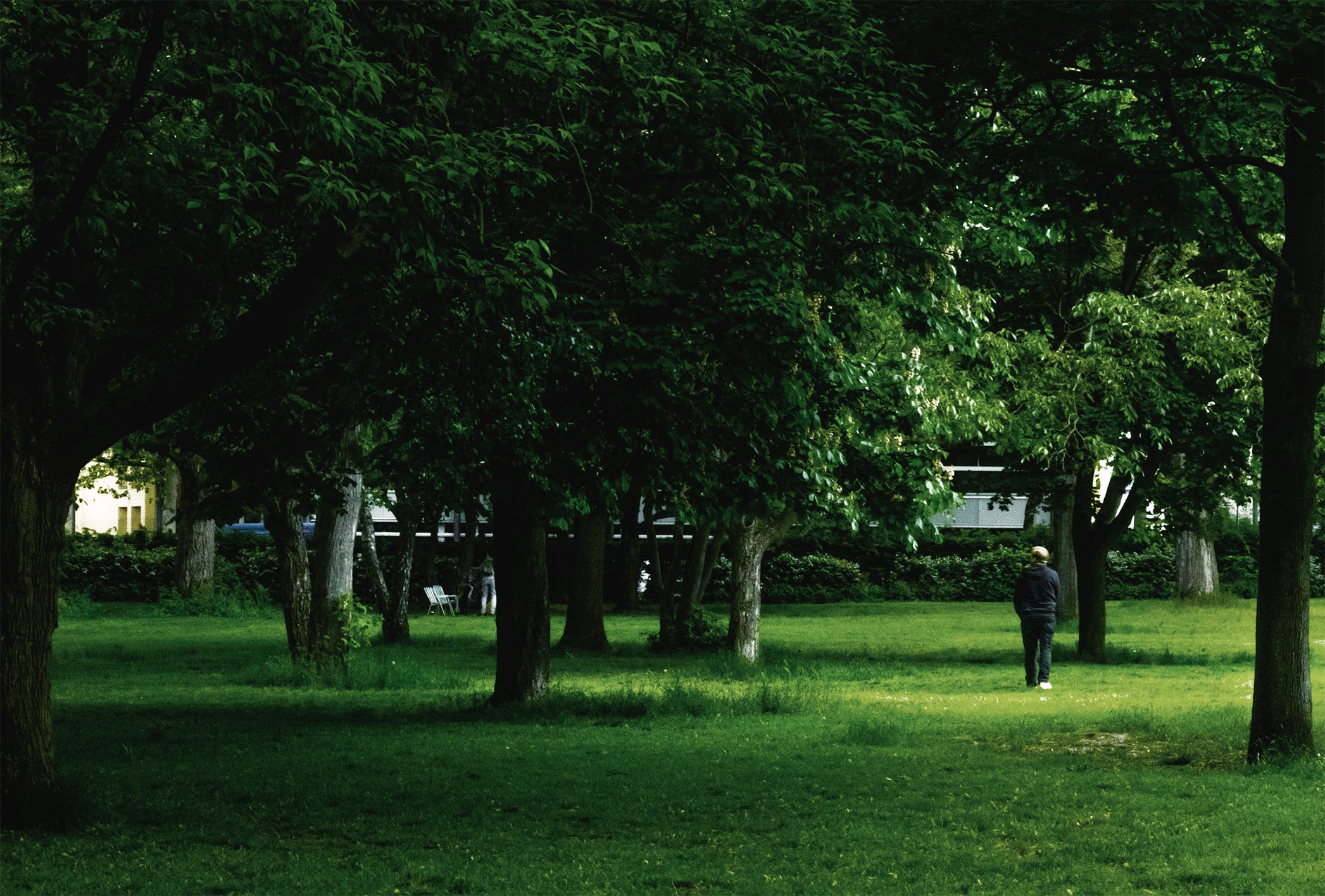
Every photographer looks at life through the frame of the camera. The frame helps us to separate the general from the specific. Every shot is an attempt at understanding the world – both physically and mentally/spiritually. We use the frame to disclude objects, and to include objects.
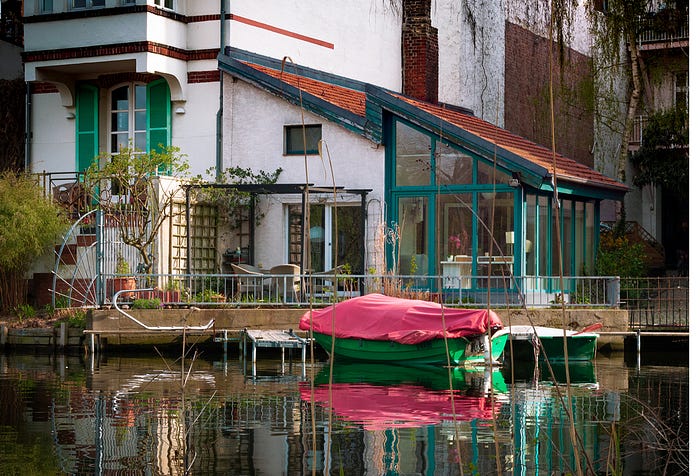
When we have the opportunity to work in a studio environment, which can be a home set up, or a special place designated as studio, we give ourselves the luxury of time to think about what we’re looking at. If your out and about, walking with a camera in hand and looking for something that could make a good photo, then spontaneity is at work. In spite of this, a strong intention about what you’re looking at is important if you want a good shot.
I’ve spent time doing only street photography, and for myself, it became too limited, and too repetitive. Maybe, the pandemic had something to do with it. The people on the street began to all look the same, their actions were all about doing a quick sopping trip and back home, or a short slow walk. All the same.
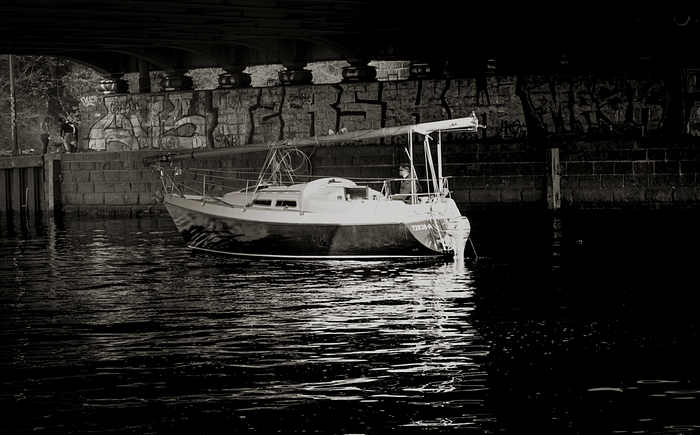
I love to watch the flow of foot traffic across a platz, the joining and dispersing of groups of people who meet on the street. Sometimes, if it was raining, I’d stand close to the traffic lights and wait until pedestrians attempted to cross the street. When they were suddenly confronted by a large puddle at the crossing point, they would often do an athletic leap across the puddle. A great street photography opportunity. A set-up, but a good photo.
There are many ways to get a good photo. And with each exciting new shot, successfully captured, you get a feeling of achievement. Then, you start thinking about how to build on that shot, or the idea that you stumbled upon. It’s in the frame. Without a good composition, there is no good photo.
Categorizing yourself as a photographer who only does “street”, or portraits, or food photography, is limiting your experience. People, food, still life, horses, dogs and people laughing and crying is a little of what makes life what it is. Be open to all of it. We’re only here for a short jaunt through the light fandango, so try and experience and photograph as much of life as you can. All of these things are connected. We can’t deal with all of them at once, so as photographers we frame and compose them with our own vision.
It’s no good relying on the quality of your camera for good shots, the power of the sensor, the expensive lens, all this is great to have and use, but it’s not what gives you the best shots. If you have a basic camera, a lens, and ideas about what you want to photograph, then you’re set to go and get some good shots. There’s a difference between the Instagram sunsets, smiles, and technically correct fashion shots on Instagram and your own really well composed photography that has something to say about your own vision.
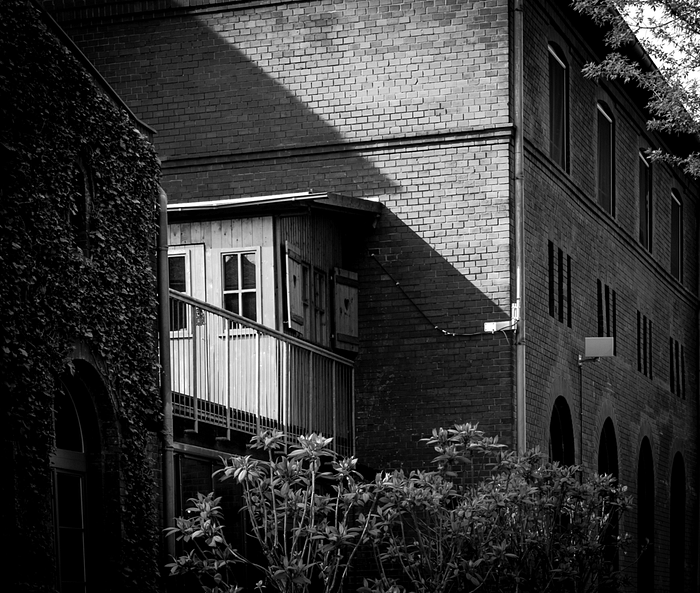
The camera frame is the place where we compose our photos. The frame gives us a set of parameters to work in, and creates a meaningful composition that speaks to us and other people who look at your photos. The frame helps us to make sense of what we’re looking at.
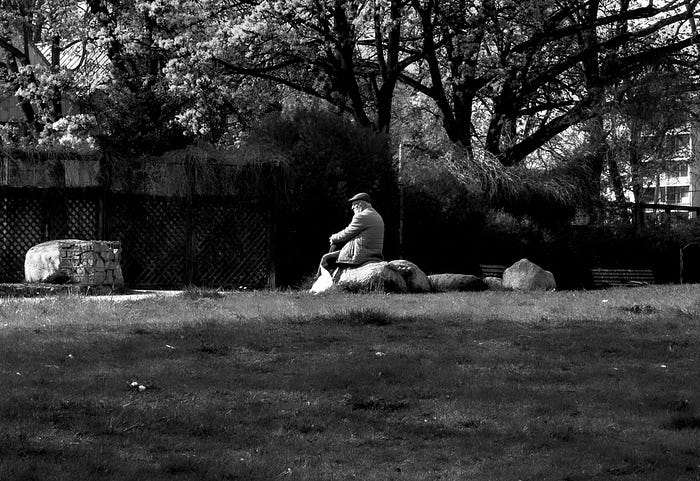
This is the hardest part. It takes a lot of practice, and it’s something we do without using words. So, it’s hard to speak about, or write about composition without veering off course and drawing on other ideas about photography. All of the practice of photography creates a whole. Broken down, and asked which technical part is most important to learn, then I’d say constant practise with the triad of light, ISO, F-Stop, and Shutter speed will improve your ability to look at something, adjust settings according to your own ideas, and to the environment – it’s a little like making compromises all the time. The environment and your mind trying to tally up on good ideas.
Without the ability to control light and darkness, shadow and highlight, you will always have trouble creating compositions that are pleasing to look at. So, everything counts. The first thing is how you think about what you look at and your ability to control the camera and what it will do when you finally press the button. Then it’s very much about your sense of composition which at its base is a strong feeling for ‘balance’.
Balancing colour with breaking lines, long drawn out perspectives, and solid objects in the composition is more about your feeling for order than it is about “using the rule of thirds”. You already know so much about the rule of thirds that it shouldn’t be a conscious effort to apply it.
Try taking photos with your feelings, then later when you’ve finished, you will discover that the photos that look attractive, promising, or down right great, are all easily seen in terms of the rule of thirds. It’s an ancient thing of the mind, not some invention by a 1950s photographer.
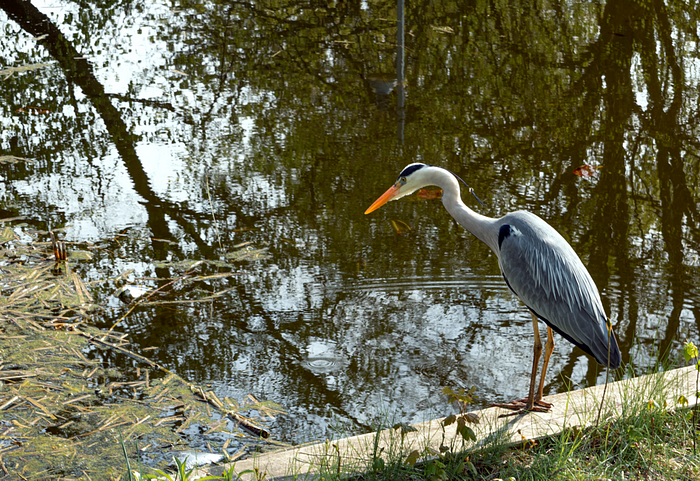
The rule of thirds is the similar to the Golden Mean. Artists are taught to use the golden mean as a way of checking their work as they paint. Or they can use it to plan a complex work that may take them weeks or more to complete. Painters have to spend a lot of time working with compositional theory. If they just start bashing away with paints and brushes it’ll often turn into a battle that’s hardly worth the price of paint. That’s why many great artists always look drawn and haggard most of the time.


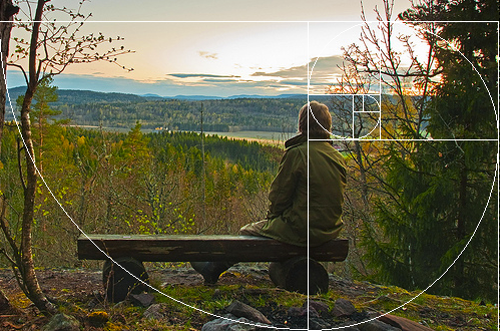
Examples of the Rule of Thirds and the Golden Mean
Photographers are fortunate these days. We don’t have to worry too much about wasting pixel power in our cameras. A bad shot, or taking a shot off balance can be deleted quickly. It’s just the ego that gets dented for a moment, not the wallet.

The best way to understand good composition is to study the painters. Look at paintings as often as possible, study the light, look for signs that the artist has concentrated on the light flow for composition, and the shadows as support for the main source of light. You will enjoy it, if you love photography. You’ll begin to see that a painter has the same problems to deal with as a photographer. So, the connection in how to achieve a great composition, how to frame an object successfully, is similar to a painter’s task.
You’ll discover painters that you’ve never heard of before, and deepen your knowledge of what’s possible. Then, when you go back to looking at the photographers’ work that you admire, you’ll have fresh eyes that see things you’d missed before.
In the past, most serious photographers would always use black and white film. The reason for this was that the colour film on offer was not true colour. Kodak cleverly convinced the public that they had cracked it, and that the Kodak colour on a film was true to life. The public, such as they are, believed it and enjoyed taking photos of bright red lips and flowery yellow skirts on a summers’ day. In fact, today, Kodak colour is seen as a special type of colour that creates a great shot with punchy tones.
If you are serious about learning to become better at framing your shots, and colour is a problem, spend some time taking black and white photos. When you shoot in black and white you get two things that are wonderful, firstly, the aesthetic of black and white is enjoyable to look at, lots of people who love looking at photos get it, they understand that black and white photography is something special.
The second point is that it removes the problem of dealing with colour in your compositions. When you only work in black and white you are focused on the tones only. In black and white they are more nuanced than in colour. We can adjust contrasts and highlights more accurately, and we can create some gorgeous compositions that help you understand what framing a shot is really all about.
The fun part is, when you return to take colour photos you will discover that all that black and white photography paid off. Your sense of tones will be stronger and more focused than before. Colours are tones, and that’s what you’ve been working with the whole time you used black and white. So, you are practising colour photography as well, just that it’s all in black and white colour.
Photography takes time and practice. Learning to look and see things in terms of a frame that will have meaning, is a process that comes from taking many shots, always putting enormous amounts of effort into your work, and believing in your own vision of things.
The more you look at things and seek their meaning for you, the more you develop a sense of vision, and reason why you must take photos – or simply create images as an expression of life around yourself.
The Golden Mean on Wikipedia
Leave a Reply
You must be logged in to post a comment.